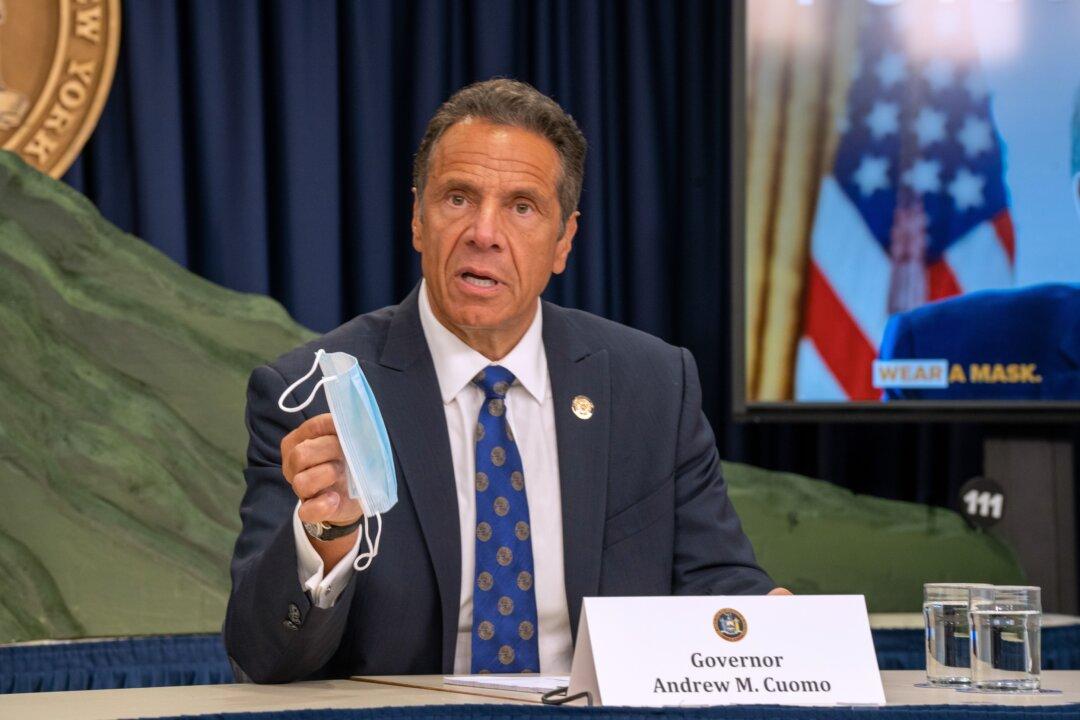New York Gov. Andrew Cuomo on Monday rejected calls for an independent probe into the deaths of COVID-19 patients in New York nursing homes, claiming demands for such an investigation are politically motivated.
State politicians on both sides of the aisle have called for an investigation into what role, if any, a controversial executive order may have played in fueling deaths in nursing homes and long-term care facilities from the Chinese Communist Party (CCP) Virus. The order, signed by Cuomo on March 25, forced nursing homes to admit partially recovered COVID-19 patients without requiring a test to verify if they were virus-free.





